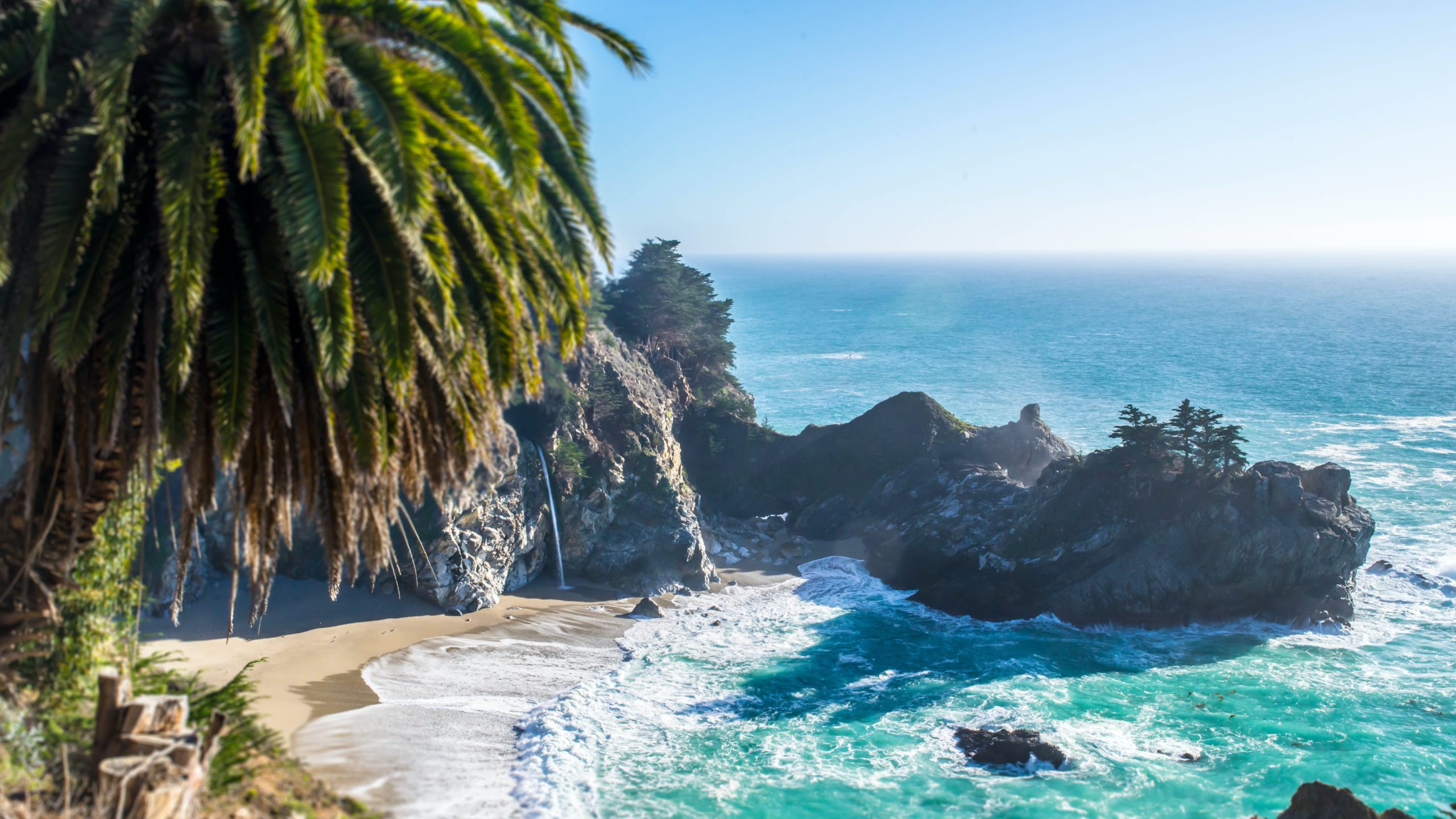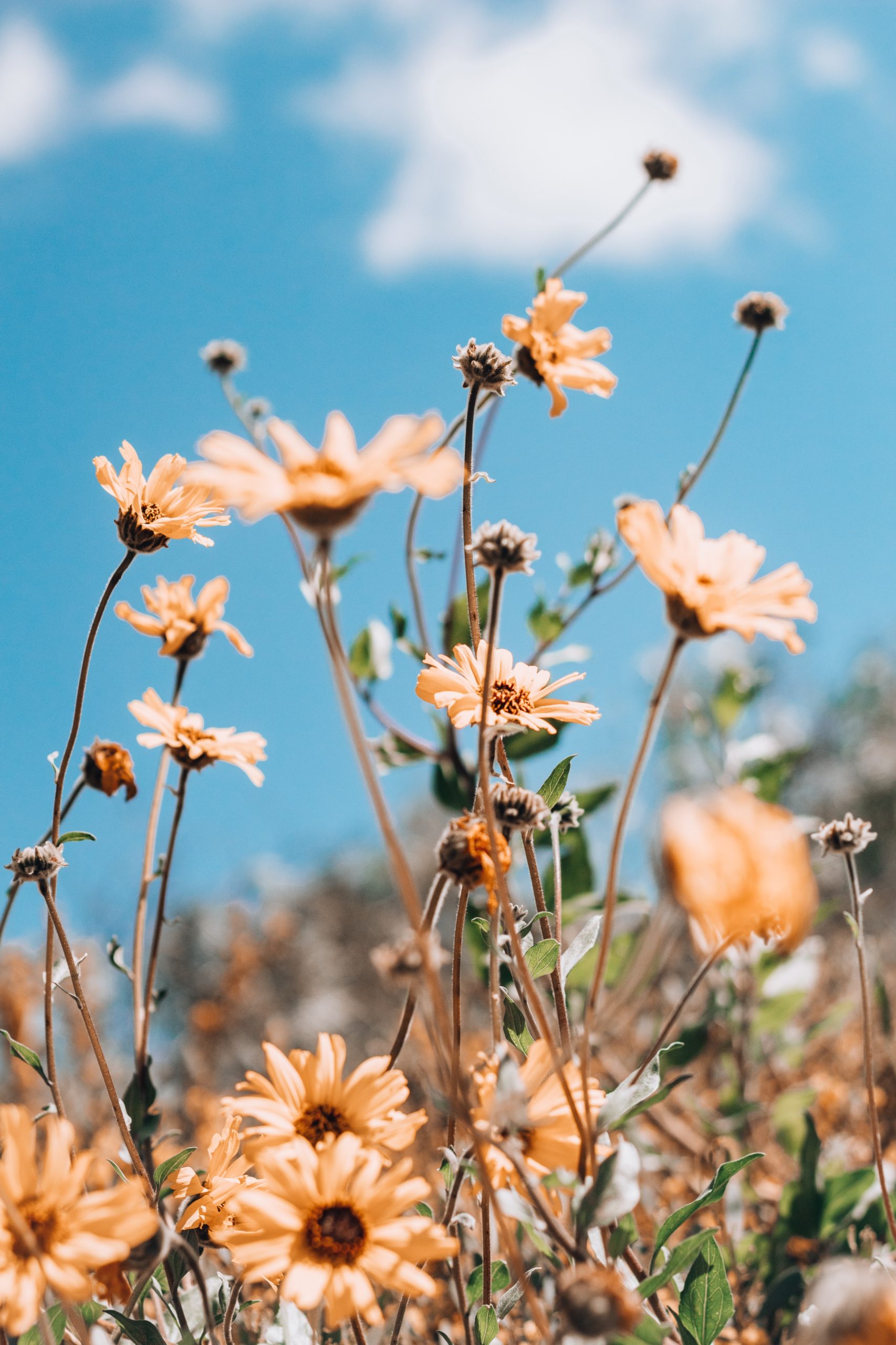Step into the magical world of Anna’s Hummingbird Hideaway, where California’s vibrant jewel-like hummingbirds gather in awe-inspiring numbers. This hidden oasis is a sanctuary dedicated to attracting and nurturing these graceful creatures, offering them a haven amidst the hustle and bustle of everyday life. With a plethora of bird feeders, nectar products, and accessories from renowned brands such as Kaytee, Perky-Pet, and Brome Bird Care, this hummingbird paradise ensures an enthralling display of nature’s beauty. Discover the secrets of attracting these captivating creatures and witness the mesmerizing dance of Anna’s Hummingbirds at their Hideaway.
Identifying Anna’s Hummingbird
Anna’s Hummingbirds are small, vibrant birds native to the west coast of North America. They are known for their brilliant iridescent feathers that can range from shimmering green to a beautiful reddish-pink color. This species is easily identifiable by the males’ bright rose-red throat, commonly referred to as a “gorget,” which catches the light and can appear almost glowing in certain angles. Females, on the other hand, have a more muted appearance with greenish-gray feathers.
In addition to their distinctive plumage, Anna’s Hummingbirds have a medium-sized body, ranging from 3.5 to 4 inches in length. Their wings are relatively short and rounded, allowing for quick and agile flight, capable of hovering and even flying backward. These birds also possess a long, thin bill that is perfectly adapted for reaching into tubular-shaped flowers to feed on nectar.
Habitat and Distribution in California
Anna’s Hummingbirds are commonly found in California, making it a prime location for birdwatchers and enthusiasts to observe and attract these beautiful creatures. They are known for their adaptability to a variety of habitats, including urban areas, parks, and gardens. These birds can be spotted along the coast, in the mountains, and even in desert regions of California.
While their range primarily extends along the west coast of North America, Anna’s Hummingbirds have also been observed as far north as British Columbia and as far south as Baja California in Mexico. Their ability to thrive in different environments has contributed to their success as a species and made them a familiar sight to many Californians.

Behaviors and Feeding Habits
Anna’s Hummingbirds exhibit a variety of fascinating behaviors, many of which revolve around feeding. These birds are known for their high metabolism and constant need for energy, requiring them to feed frequently throughout the day. They have a unique ability to hover mid-air and even fly backward, allowing them to reach deep into flowers to access nectar.
In addition to nectar, Anna’s Hummingbirds also consume small insects and spiders, which provide them with essential nutrients and proteins. They catch these prey items during aerial pursuits, showcasing their agility and precision. When it comes to defending their territory, Anna’s Hummingbirds can be quite territorial and will vigorously chase away intruders, regardless of their size.
When attracting Anna’s Hummingbirds to your yard or garden, it is crucial to provide a suitable environment that meets their feeding needs and mimics their natural habitat. Creating the perfect hummingbird hideaway involves careful placement of feeders, consideration of natural vegetation, and implementing safety measures to protect these delicate creatures.
Creating the Perfect Hummingbird Hideaway
Choosing the Right Location for Feeder Placement
To attract Anna’s Hummingbirds to your outdoor space, it is essential to strategically place your hummingbird feeders in the right location. Ideally, select an area that is easily visible and accessible to both hummingbirds and yourself. Consider placing the feeders near flowering plants or in areas with natural cover, such as shrubs or trees, which will provide hummingbirds with a sense of safety and protection.
Importance of Natural Vegetation
While feeders play a crucial role in attracting Anna’s Hummingbirds, it is equally important to create a natural habitat that provides them with additional food sources and shelter. Planting a diverse selection of flowering plants native to your region will not only attract hummingbirds but also provide them with a balanced and nutritious diet. Flowers such as salvia, fuchsia, and California poppy are popular choices for attracting hummingbirds.
Ensuring Safety from Predators
Creating a safe environment for Anna’s Hummingbirds is paramount to their well-being. Install your feeders in a location that minimizes the risk of predation, such as near windows or reflective surfaces that can potentially confuse or harm the birds. Consider using predator deterrents, such as hanging feeders at a height that is difficult for predators to access or incorporating physical barriers, like screens or netting, to protect the feeding area.

Importance of Feeder Selection
Choosing the right hummingbird feeder is crucial for successfully attracting and feeding Anna’s Hummingbirds. A well-designed feeder should not only provide a reliable source of nectar but also offer convenience and easy maintenance for you.
Characteristics of a Good Hummingbird Feeder
An ideal hummingbird feeder should have several key features. Firstly, it should have bright colors, such as red or orange, to attract hummingbirds from a distance. The feeder should also have multiple feeding ports to accommodate several birds simultaneously. Additionally, a built-in ant moat or bee guards can help prevent unwanted visitors from accessing the nectar.
Pointers to Keep in Mind While Buying a Feeder
When purchasing a hummingbird feeder, consider the size and capacity. Opt for a feeder that suits the number of hummingbirds you expect to attract, as well as one that is easy to clean and refill. Look for feeders that are made from durable and easily sanitized materials, such as glass or plastic. It is also advisable to choose a feeder with detachable parts for thorough cleaning.
Top Feeder Brands for Attracting Hummingbirds
Several reputable brands specialize in producing high-quality hummingbird feeders. Perky-Pet, Droll Yankees, and More Birds are well-known for offering a wide range of feeders that cater specifically to hummingbirds. The Best-1 Hummingbird Feeder and Heritage Farms also provide innovative designs that help attract and accommodate these delicate birds effectively.
Reviewing Top Feeder Brands
Perky-Pet
Perky-Pet is a renowned brand that offers a diverse range of bird feeders, including hummingbird feeders. Their feeders are designed with features that attract hummingbirds while providing the convenience of easy cleaning and refilling. Perky-Pet feeders often incorporate bee guards and ant moats to ensure that the nectar is accessible only to hummingbirds.
Droll Yankees
Droll Yankees is known for its high-quality bird feeders, primarily designed for songbirds. However, they also offer feeders that can attract hummingbirds. The brand emphasizes durability and functionality in their products, ensuring that their feeders can withstand the outdoor elements while providing an optimal feeding experience for hummingbirds.
More Birds
More Birds is another brand that specializes in creating bird feeders including hummingbird feeders. Their feeders are designed to emulate the natural feeding experience, often incorporating realistic flower-shaped ports that attract hummingbirds. More Birds’ feeders are known for their durability and ease of use, making them a popular choice among bird enthusiasts.
Best-1 Hummingbird Feeder
The Best-1 Hummingbird Feeder is specifically designed for attracting and feeding hummingbirds. It features a unique design that allows the birds to feed without having to touch the nectar with their beaks, reducing the risk of contamination. The feeder also offers a large capacity and is made from durable materials, ensuring it will withstand long-term use.
Heritage Farms
Heritage Farms is known for its innovative bird feeders and accessories. While they provide feeders for a variety of bird species, their hummingbird feeders are designed to accommodate these small, nectar-loving birds effectively. Heritage Farms’ feeders often feature bright colors and multiple feeding ports, ensuring a steady supply of nectar for hummingbirds.

Maintaining and Cleaning Feeders
Once you have selected and installed a feeder, it is crucial to maintain and clean it regularly to keep the nectar fresh and free from harmful bacteria that can harm hummingbirds.
Importance of Regular Cleaning
Regular cleaning of your hummingbird feeder is essential to prevent the growth of mold, bacteria, and other contaminants that can be harmful to hummingbirds. Dirty feeders can lead to serious health issues, such as fungal infections or digestive problems, which can be detrimental to their well-being.
Methods for Feeder Upkeep
Cleaning your feeder involves a simple but thorough process. Start by removing any remaining nectar and rinsing the feeder with warm water. Use a bottle brush or specialized feeder cleaning brushes to scrub the interior of the feeder, ensuring that all nooks and corners are thoroughly cleaned. Rinse the feeder again with warm water, making sure to remove any soap residue. Allow the feeder to air dry completely before refilling with fresh nectar.
Products for Feeder Cleaning
Several cleaning products are specifically designed to assist in the maintenance of hummingbird feeders. These products often include bird-safe cleaning solutions or specialized brushes to effectively remove residue and clean hard-to-reach areas. Always remember to read and follow the instructions provided by the manufacturer to ensure the safe and proper use of any cleaning products.
Nectar Recipe and Feeding Tips
Feeding hummingbirds with the proper nectar is essential to their health and well-being. While commercial hummingbird nectar is readily available, you can also prepare a homemade nectar using a simple recipe.
Preparing Homemade Nectar
To prepare homemade hummingbird nectar, mix four parts boiling water with one part white granulated sugar. Stir the solution until the sugar is completely dissolved. Allow the nectar to cool before filling the feeder. It is important to never use honey, artificial sweeteners, or food coloring, as these can be harmful to hummingbirds.
Feeding Frequency and Timings
Hummingbirds have a high metabolism and require frequent feeding throughout the day. Hang your feeder in a visible location and monitor the nectar levels regularly. Refill the feeder as needed, ensuring that fresh nectar is always available. In warmer weather, nectar may spoil more quickly, so it is important to check and clean the feeder more frequently.
Avoiding Artificial Sweeteners
It is crucial to avoid using artificial sweeteners or honey in hummingbird nectar. Hummingbirds rely on the natural sugars found in flower nectar, and artificial sweeteners can be harmful to their delicate systems. Honey can also promote bacterial growth and fermentation in the nectar. Stick to the simple sugar and water recipe to provide a safe and nutritious food source for hummingbirds.

Role of Bird Seeds and Bird Foods
While hummingbirds primarily feed on nectar and insects, bird seeds can also play a role in attracting these birds to your outdoor space. Offering a variety of bird seeds can help create a well-rounded environment that attracts different bird species.
Significance of Bird Seeds in Attracting Hummingbirds
While hummingbirds primarily rely on nectar as their main source of food, planting bird-friendly flowers and providing a diverse seed mix can attract other bird species to your garden. Songbirds, which may share the same habitat as hummingbirds, are often drawn to bird seeds as an additional food source.
Trusted Bird Seed Brands
To ensure quality and attract a variety of bird species, it is advisable to choose bird seed brands that are trusted in the industry. Kaytee, Wagner’s, Pennington, and Scotts are reputable brands known for their diverse seed mixes designed to attract a wide range of bird species.
Choosing the Right Bird Seed
When selecting bird seeds, consider the preferences of the bird species you wish to attract. Different bird species have specific dietary requirements. For example, larger birds such as cardinals may prefer sunflower seeds, while smaller birds like finches may favor nyjer or thistle seed. Research the bird species in your area to determine the appropriate seed types for attracting different birds.
Installation of Birdhouses and Accessories
Adding birdhouses and accessories to your outdoor space can enhance the overall appeal and functionality of your hummingbird-friendly environment. From choosing the right birdhouse styles to incorporating decorative feeders and accessories, these additions can provide shelter and additional food sources for other bird species.
Factors Determining the Placement of Birdhouses
When installing birdhouses, you must consider the specific needs of the bird species you wish to attract. Factors such as entrance hole size, house dimensions, and specific requirements of the species should be taken into account. Research the nesting habits and preferences of the birds in your area to determine the best placement for your birdhouses.
Different Birdhouse Styles for Hummingbirds
While hummingbirds do not typically use birdhouses for nesting, adding small and decorative houses specifically designed for them can provide shelter and resting spots. Look for birdhouses with small entrance holes and ample perching spaces for hummingbirds to feel secure and comfortable.
Adding Decorative Bird Feeders and Accessories
In addition to birdhouses, incorporating decorative bird feeders and accessories can enhance the aesthetic appeal of your hummingbird-friendly environment. Decorative feeders can attract a variety of bird species, while accessories such as birdbaths or fountains can provide a water source for hummingbirds and other birds.
Tips for Creating a Hummingbird-Friendly Environment
Creating a hummingbird-friendly environment involves more than just feeders and birdhouses. By implementing a few additional elements, you can attract and support these enchanting creatures effectively.
Planting Native Flowering Plants
Planting a variety of native flowering plants is crucial in attracting hummingbirds. Native plants are well-adapted to the climate and provide essential nectar sources. Include a mix of plants that bloom at different times of the year to ensure a consistent food supply for hummingbirds.
Providing Water Sources for Hummingbirds
Hummingbirds need access to water for drinking and bathing. Consider incorporating shallow birdbaths or drippers to provide a water source for these birds. Clean and refill the water sources regularly to prevent the growth of bacteria and mosquitoes.
Adding Bird Perches
Hummingbirds need perches to rest and conserve energy. By adding natural perches, such as branches or small twigs, near your feeders or flowering plants, you can create resting spots for these energetic birds.
Conservation Efforts for Anna’s Hummingbird
As with any bird species, conservation efforts play a vital role in preserving the population of Anna’s Hummingbirds. Several organizations, such as Audubon, are actively involved in bird conservation and provide valuable resources and support for bird enthusiasts.
Role of Conservation Societies like Audubon
Conservation societies like Audubon play a crucial role in protecting and preserving bird species, including Anna’s Hummingbirds. They conduct research, promote habitat conservation, and advocate for policies that benefit bird populations. By supporting these organizations, you can contribute to the conservation of hummingbirds and other bird species.
Impact of Human Activities on Hummingbirds
Human activities can have both positive and negative impacts on hummingbirds. Habitat loss, pesticide use, and climate change are some of the major threats that affect these birds. By being mindful of our actions and creating hummingbird-friendly environments, we can mitigate the negative impacts and provide safe havens for these remarkable creatures.
Steps to Support Hummingbird Conservation
There are several steps you can take to support hummingbird conservation efforts. These include creating suitable habitats, participating in bird surveys or citizen science projects, advocating for bird-friendly policies, and supporting organizations that actively work towards bird conservation. By raising awareness and taking action, we can protect and preserve the beautiful and delicate Anna’s Hummingbird for generations to come.
In conclusion, attracting Anna’s Hummingbirds to your outdoor space involves creating a hummingbird-friendly environment that meets their feeding needs and mimics their natural habitat. By strategically placing feeders, incorporating native flowering plants, and ensuring safety from predators, you can embrace the beauty of these enchanting creatures. Remember to choose high-quality feeders, regularly clean and maintain them, and provide a balanced diet through homemade nectar and bird seeds. Adding birdhouses, perches, and accessories can further enhance the appeal of your space as you contribute to hummingbird conservation efforts. With these tips, you’ll be well-equipped to welcome Anna’s Hummingbirds and enjoy their presence in California’s vibrant environment.